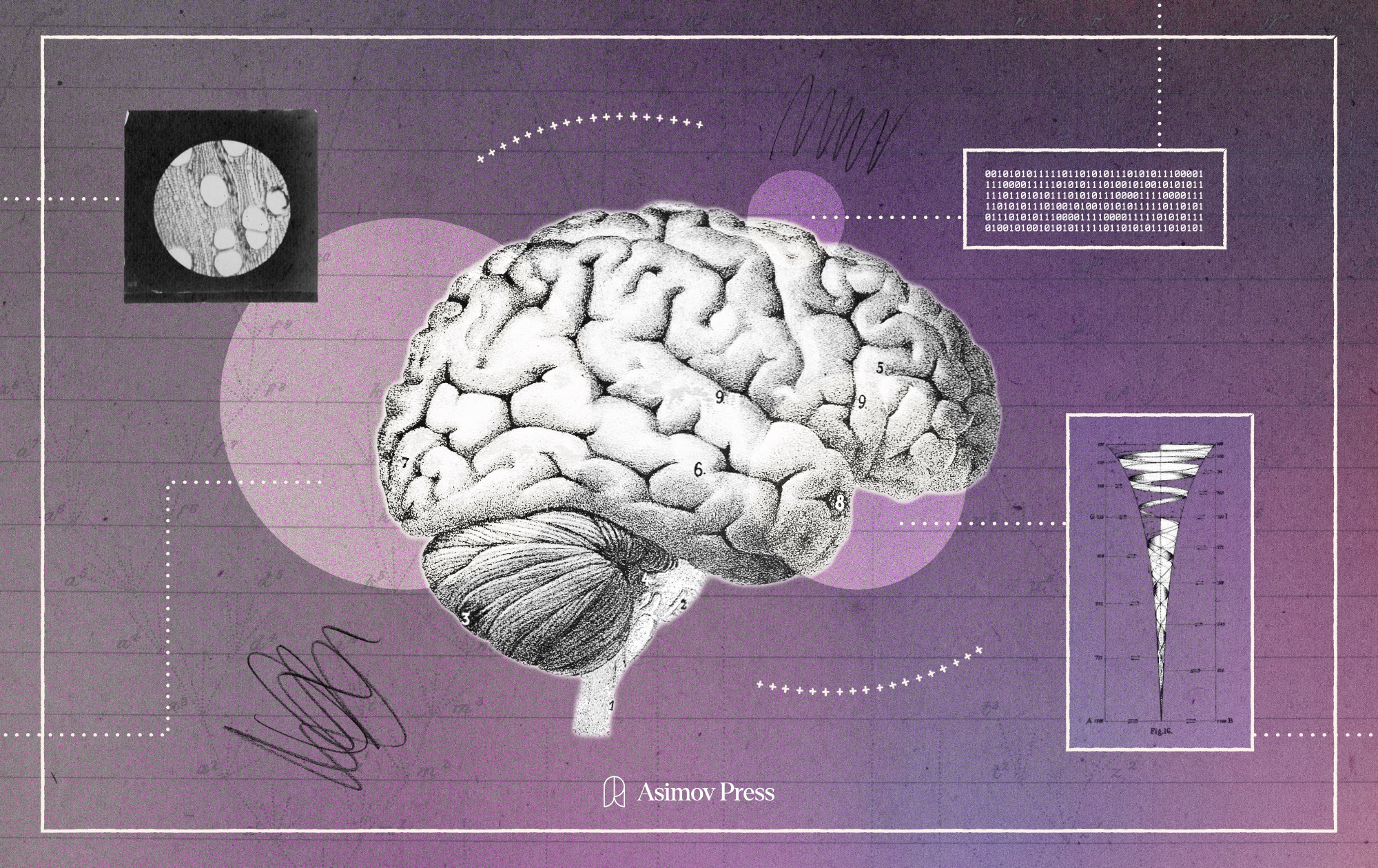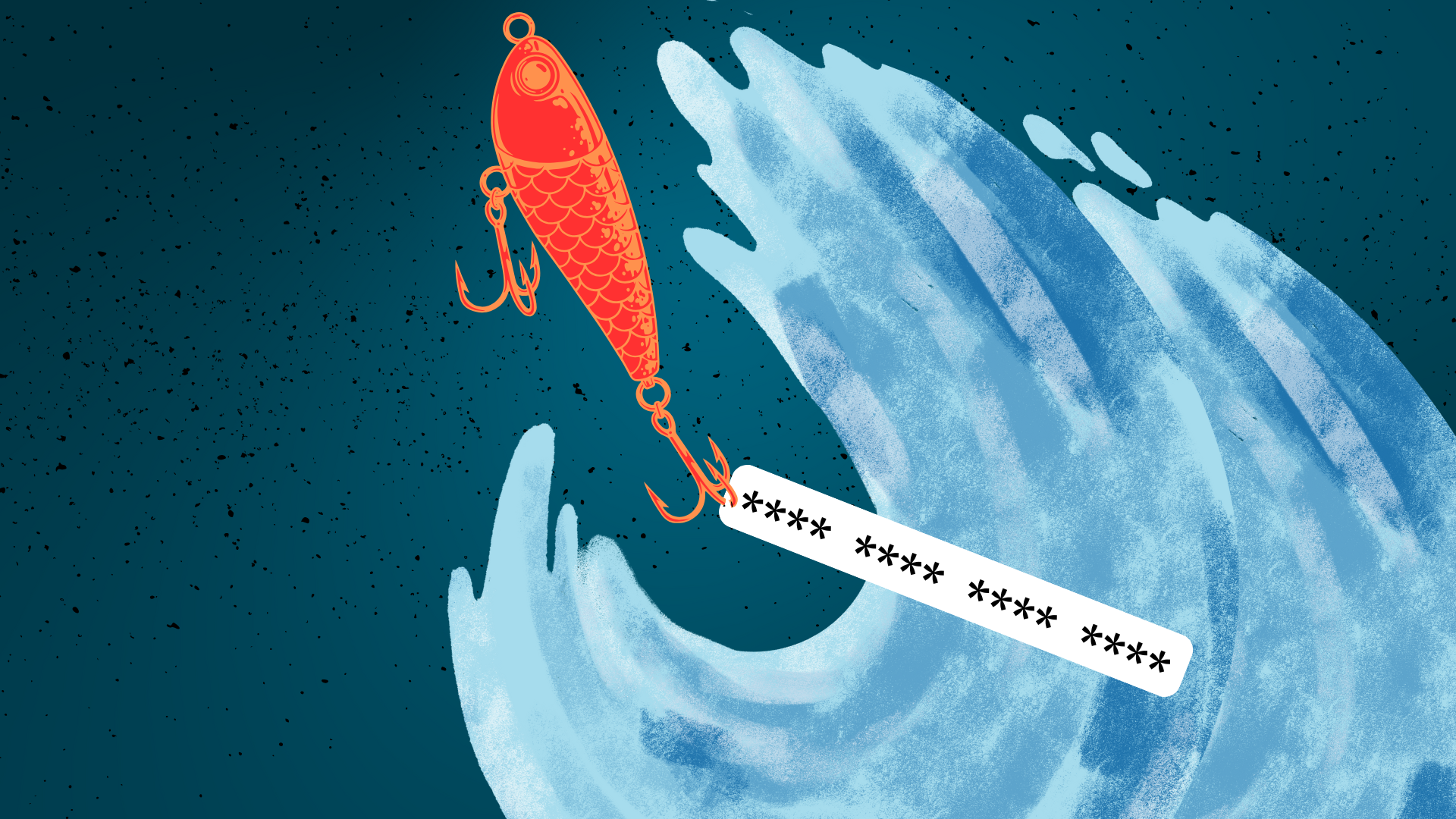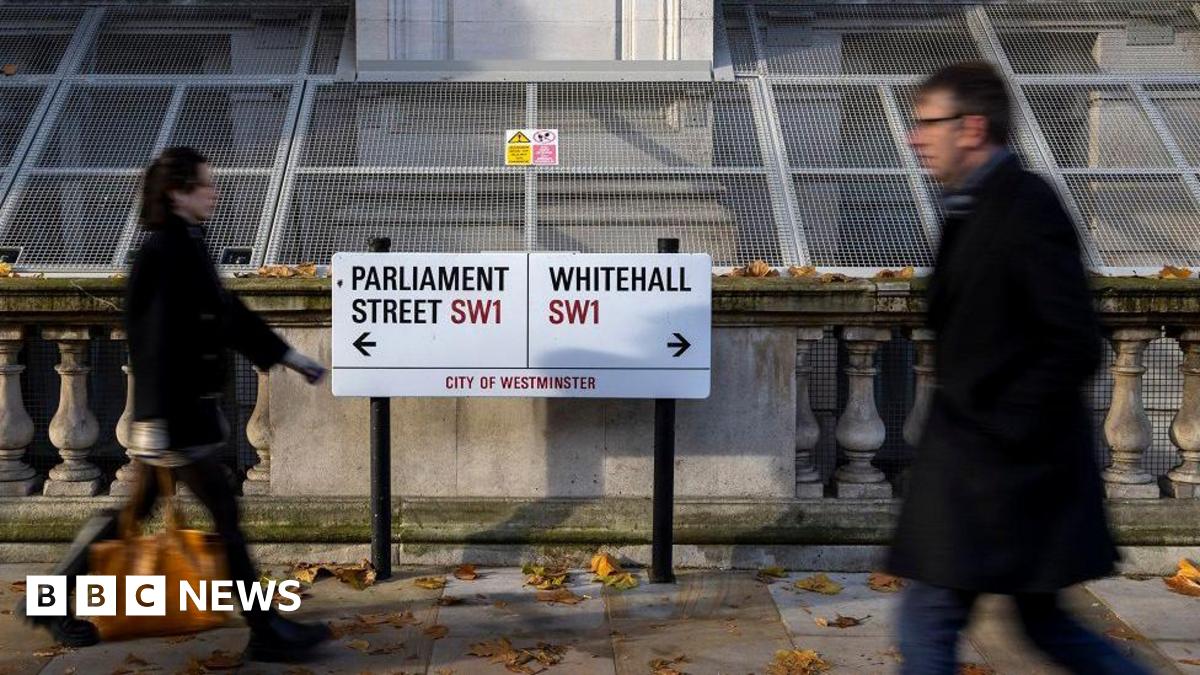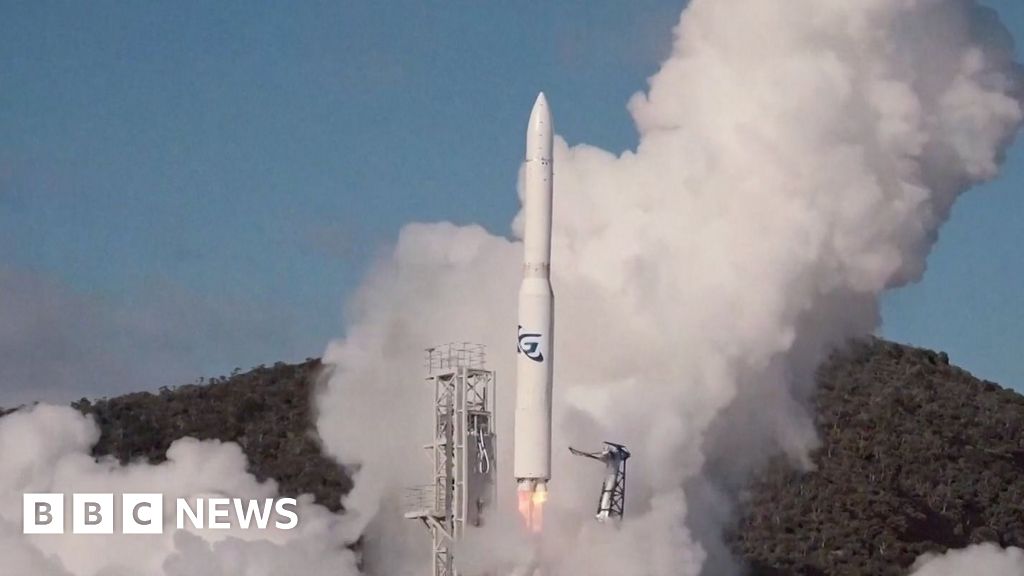
The 1912 War on Fake Photos
Portrait photography gave rise to an industry of photo ‘retouching’ - analog ‘beauty filters’ - to flatter subjects in a way portrait painters once did. This trend lead to questions about technology distorting our perceptions of beauty, reality and truth:
An 1897 issue of the New-York Tribune would declare the assumption “Photographs Do Not Lie” an “exploded notion”, saying:
Other commercial applications of photo retouching emerged: in 1911 tourists visiting Washington D.C. could acquire fake photographs of themselves posing with then President of the United States William Taft. This troubled Government officials. Upon discovering the practice in 1911, a United States Attorney ordered it stopped:
One (literal) photo-shop offering the novel souvenirs appealed to the White House for its blessing to continue the trade, but was denied. (the practice was not against the law, but pressure from the White House appeared effective if only temporarily - in the capital)
The following year a fugitive - wanted for people trafficking - was found in possession of a fake photo posing with President Taft, it was reported he’d used it to buy the trust of his victims:












